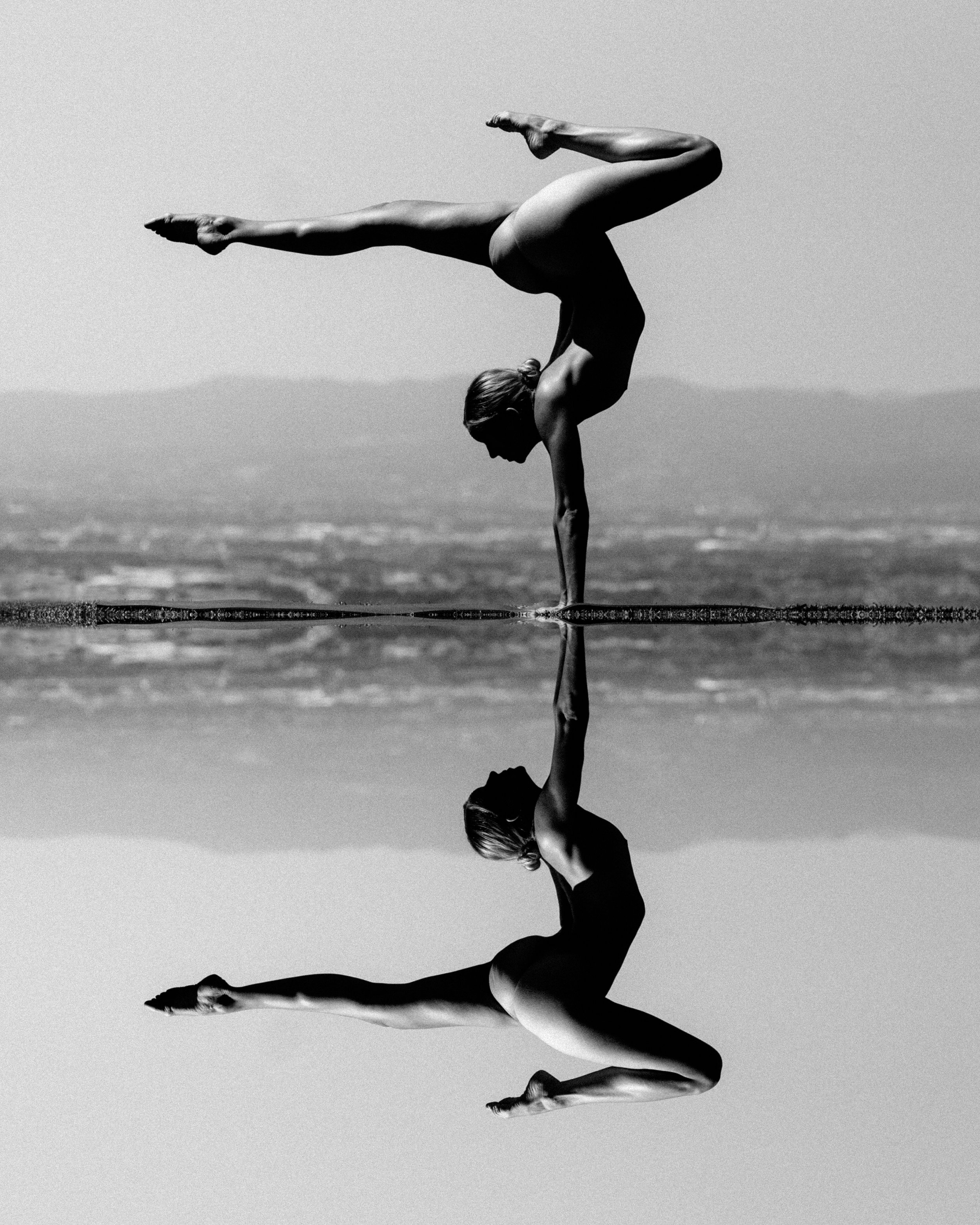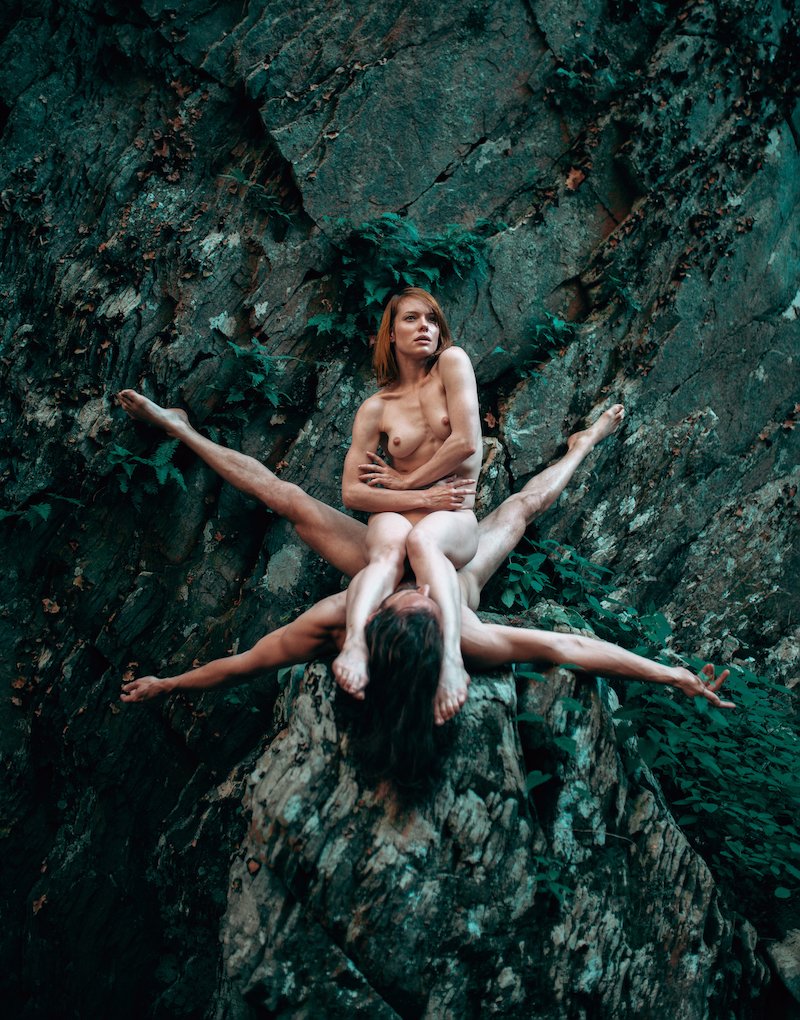N(UDE)FTS
MAY 18TH, 2022
One of the final essays I wrote when I was studying art history was about the rescue of the human body in the renaissance period since, during medieval times, those representations of Roman and Greek sculptures were lost. They faded into the background as the human form was distorted beneath the religious garments in the pictorial representations of such complex times.
An essential element of Renaissance art was the idea of rescuing the precise and idealized form of the human body. That final paper I handed in did not focus on the great exponents of art but on Andreas Vesalius, who can be considered the father of modern anatomy. Vesalius devoted himself to illustrating human anatomy, dissecting bodies and capturing how they work, or at least as close as possible, to understand how we are formed.
It seemed to me that to understand the great works of art made by painters and sculptors such as Michelangelo or Andrea Mantenga one would have to go a little further - as they surely did - because to capture foreshortening, volume, features, etc., they first had to see how the muscle is composed in repose or tension, the languor of the limbs or the exaltation of the veins, something that is not always appreciated in a living model.
Art can be created from an understanding of the body, and since the Renaissance period, the human form has continued to be a subject matter. Preferences for bodies change over time, and today the female body is depicted in much more different ways than the male figure.
Recently four artists have caught my attention, two of them are models of their own creations, and as women, they have an aesthetic vision of the representation of the female body as part of a whole within their works.
Ayla El-Mussa, an artist that has made self-portraiture an allegory of the subtlety of the female body. Her work hints at the sensuality of her own silhouette in an artistic composition in which she complements her work. Ayla is an excellent example of the romantic artist who plays with elements and symbols. Organically, it merges with the collage of the final piece.
For me, the nude as part of the fine arts has to address the form (the how and the purpose), exposing a naked body has to show the contours, it has to be able to move, to express something, to be a tool for the admiration of movement. Nude Yoga Girl is a clear example of how to make a composition of the ability of the human body to project a discourse beyond a simple exhibition of nudity. The presentation of a female athletic body that can reflect her physical strength thanks to the discipline and simultaneously the photographic composition helps create a contrasting aesthetic in which the naked body is only part of a reading of the final picture.
The artistic nude aims to demonstrate how subtlety leads to voluptuousness, which makes you contemplate it for much longer; the body is a provocative medium with which we can say and conceal much, like Cvatik's photography.
I have mentioned three photographic exponents of the nude whose youthfulness encourages appreciation, but what happens when we provoke emotions with a body that moves away from youthful aesthetics? What happens when we are shown bodies that are robust or old? Are we surprised by the inevitable nature that also signifies the deteriorating body? An artist who shows us that mirror in a sublime way is Francien Krieg, with her portraits of naked people that reveal life from another perspective, beyond the aesthetically "accepted". Francien captures the human anatomy and its inherent reality.
This is how nudity transcends to be considered fine art; it must do what any other artistic expression does: hold our attention long enough to want to collect or remember it.
With nude art, it is very easy to fall into the explicit exhibition where charm is lost after a couple of minutes of observing it, without saying more and ends up being a crude anatomical display, despite the discourse behind it, with no other intention than to forget it. The nude in art does not seek to objectify the body; it does not seek to justify it; it does not seek to degrade it. When I chose to talk about Andrea Vesalius's rescue of the human body, it was important to recognize the anatomy of the body to reproduce its movement and its free expression as a revolution, the revolution of the senses that it projects and translates into art.





